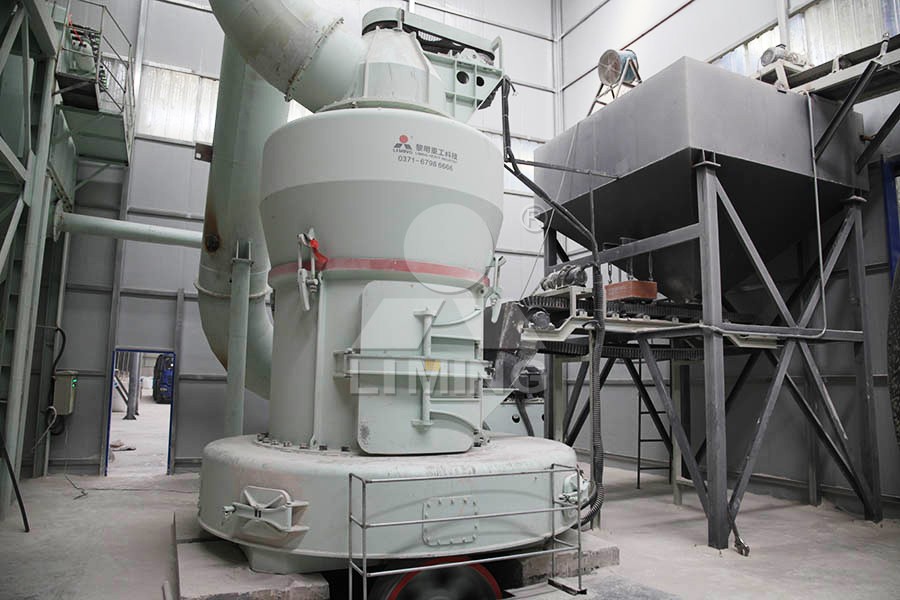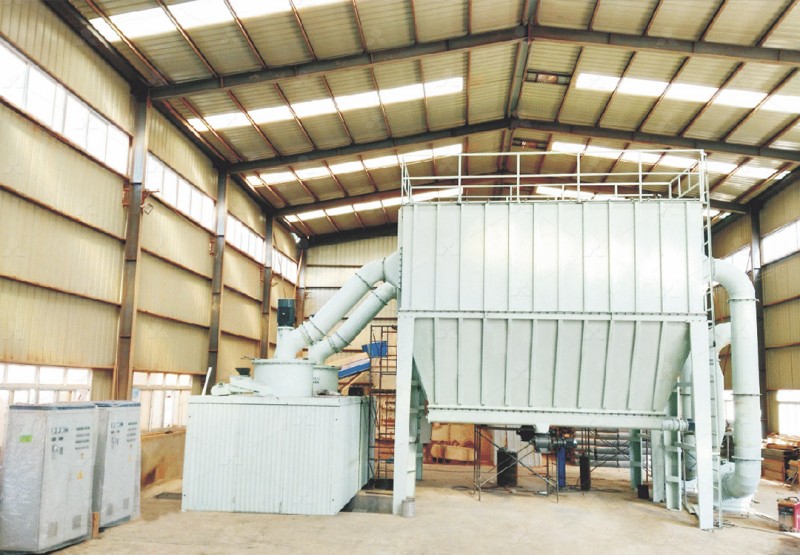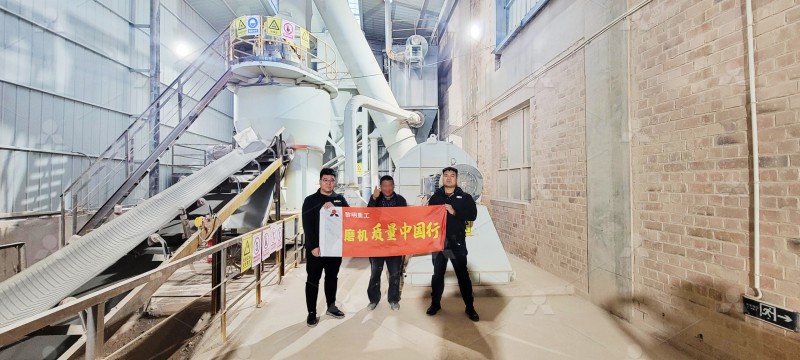Small Limestone Grinding Mill Factory: Cost and Supplier Guide
Small Limestone Grinding Mill Factory: Cost and Supplier Guide
Establishing a small-scale limestone grinding operation requires careful consideration of equipment selection, operational costs, and supplier reliability. For factory owners and project managers, choosing the right grinding mill can significantly impact production efficiency, product quality, and long-term profitability.
Understanding Your Limestone Grinding Needs
Before investing in grinding equipment, assess your specific requirements. Consider the desired output size, production capacity, and the physical characteristics of your limestone feedstock. The hardness, moisture content, and initial particle size of your raw material will influence which mill type delivers optimal performance.
Small to medium operations typically require mills with capacities ranging from 0.5 to 55 tons per hour. The fineness requirement is another critical factor—whether you need coarse powder for agricultural applications or ultra-fine powder for industrial fillers and coatings.

Key Equipment Considerations
When selecting a grinding mill, evaluate several technical aspects beyond just purchase price. Energy consumption represents a significant portion of operational costs, making efficiency a priority. Maintenance requirements, spare parts availability, and the manufacturer’s technical support network should also influence your decision.
Environmental compliance is increasingly important. Modern grinding facilities must control dust emissions and noise pollution to meet regulatory standards. Equipment with integrated dust collection and noise reduction features can simplify compliance while protecting worker health.
Recommended Solution: MW Ultrafine Grinding Mill
For operations requiring ultra-fine limestone powder, the MW Ultrafine Grinding Mill presents an excellent solution. This machine processes materials with an input size of 0-20 mm and delivers capacities from 0.5 to 25 tph, making it ideal for small to medium factories.
The MW series stands out for its exceptional efficiency, producing powder with fineness adjustable between 325-2500 meshes. Its innovative design eliminates rolling bearings and screws in the grinding chamber, addressing common failure points that plague other mills. The efficient pulse dust collector and muffler system ensures environmentally friendly operation with minimal dust and noise pollution.

Cost Analysis and Return on Investment
The total cost of ownership extends beyond the initial equipment purchase. Consider installation expenses, power consumption, maintenance, and labor costs. The MW Ultrafine Grinding Mill offers compelling economics with energy consumption approximately 30% of comparable jet grinding mills and production capacity 40% higher than alternative technologies.
With its cage-type powder selector employing German technology, the MW mill achieves precise powder separation with screening rates reaching d97≤5μm in a single pass. This precision reduces the need for re-processing, saving both time and energy.
Alternative Option: LUM Ultrafine Vertical Grinding Mill
For operations with stricter space constraints, the LUM Ultrafine Vertical Grinding Mill offers a compact footprint with capacities of 5-18 tph. Its vertical design integrates grinding, classifying, and transporting in a single unit, reducing the overall facility footprint. The LUM mill incorporates the latest grinding roller technology from Taiwan and German powder separating technology for exceptional performance.
The reversible structure simplifies maintenance, allowing operators to easily move grinding rollers out of the body for inspection and part replacement. This design minimizes downtime—a critical factor for maintaining production schedules.

Supplier Selection Criteria
Choosing a reliable equipment supplier is as important as selecting the right mill. Look for manufacturers with proven experience in grinding technology, comprehensive after-sales support, and readily available spare parts. Verify that potential suppliers offer installation guidance, operator training, and technical support services.
Reputable manufacturers typically provide detailed documentation, performance guarantees, and access to engineering expertise when needed. The assurance of ongoing support can prevent costly production interruptions down the line.
Frequently Asked Questions
What is the typical energy consumption for a small limestone grinding mill?
Energy usage varies by mill type and production requirements. The MW Ultrafine Grinding Mill consumes approximately 30% of the energy of comparable jet grinding mills while delivering 40% higher production capacity.
How fine can limestone powder be produced with these mills?
The MW Ultrafine Grinding Mill produces powder with fineness adjustable between 325-2500 meshes, with screening rates achieving d97≤5μm in a single pass.
What maintenance is required for these grinding mills?
The MW series requires minimal maintenance due to its innovative design that eliminates rolling bearings and screws in the grinding chamber. Regular inspection of wear parts and the dust collection system is recommended.
Can these mills handle materials other than limestone?
Yes, both the MW and LUM mills process various materials including calcite, dolomite, gypsum, barite, marble, talc, and coal powder, making them versatile for diverse industrial applications.
What environmental features do these mills include?
The MW Ultrafine Grinding Mill comes equipped with efficient pulse dust collection and noise reduction systems, ensuring compliance with environmental standards while protecting worker health.
